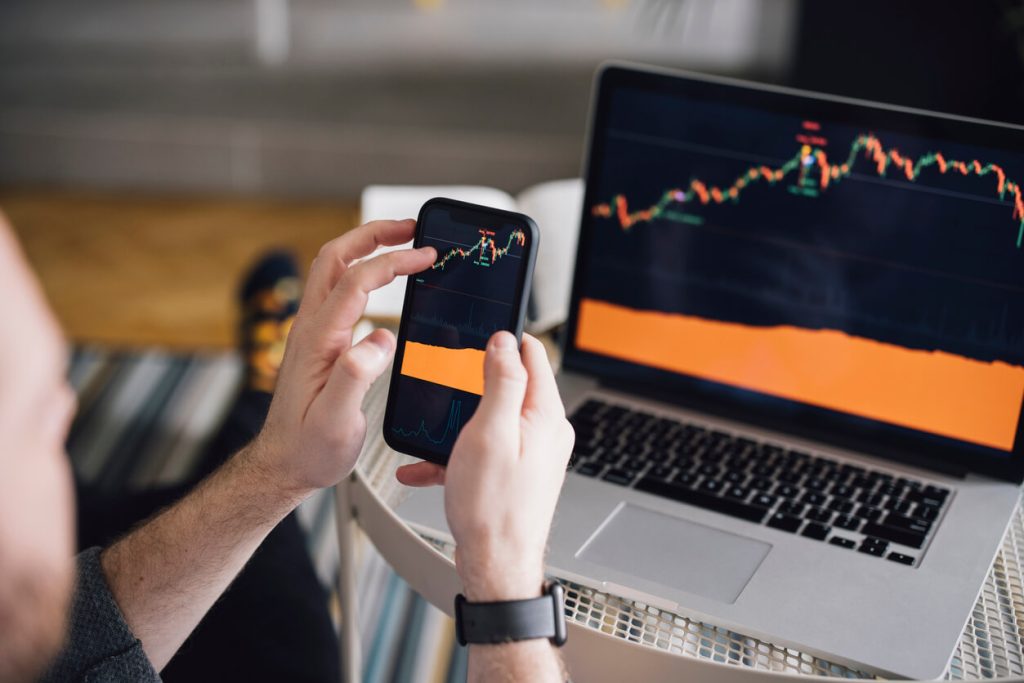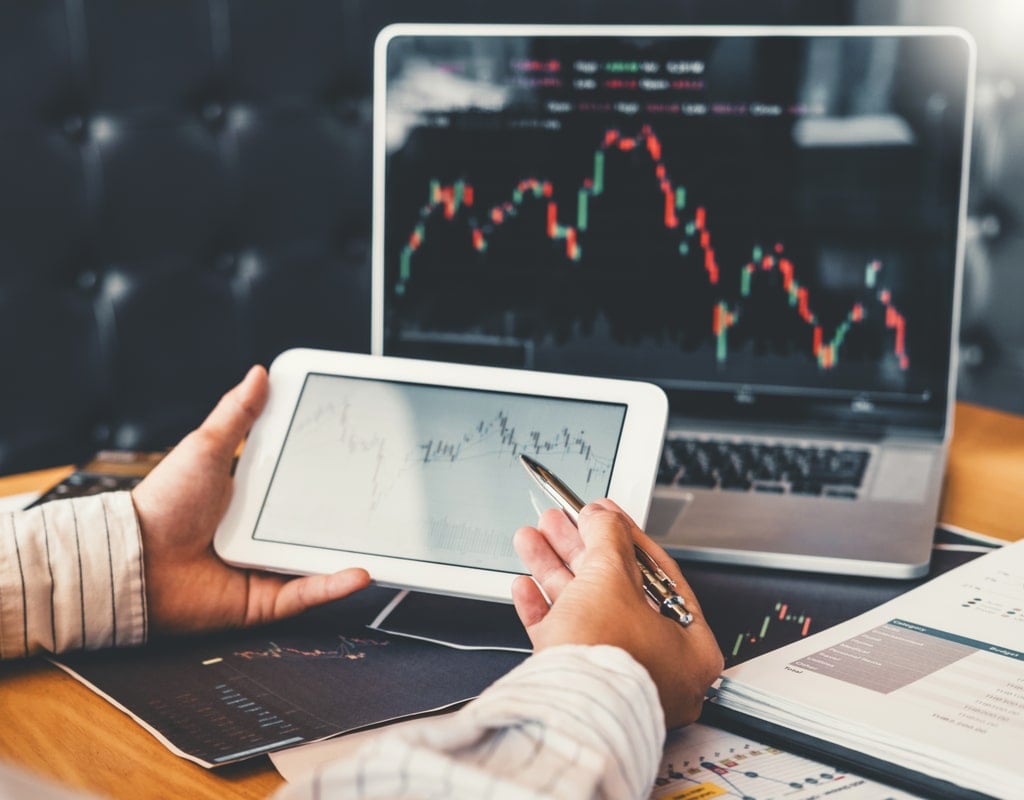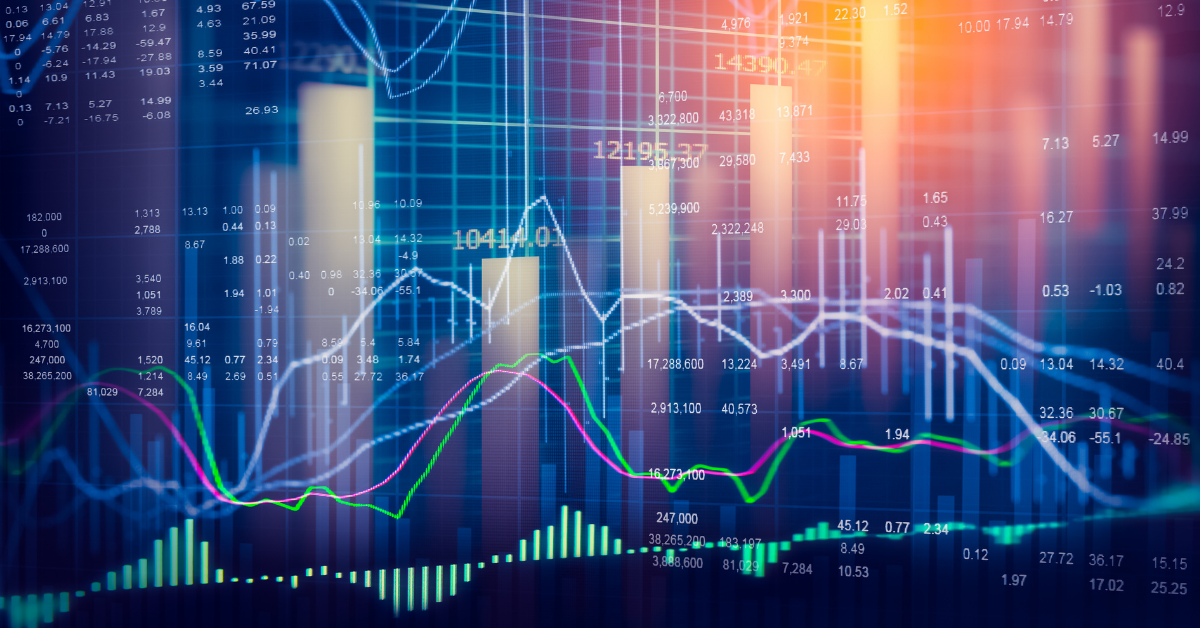
Trading is becoming increasingly popular as a viable career option. The world’s largest financial markets, such as the stock and foreign currency markets, are opening up doors for younger generations to enter into potentially fruitful careers in trading. Traders are free to participate in any of the world’s various financial markets according to the level of knowledge and experience they possess. Read More
While in the old gold days only traditional trading was the only option for traders. But modern trading is not the same. There are much better options to a trader. CFDs are being made available for trading in the market by a growing number of brokers nowadays. They have some similarities to traditional trading while also having some differences as well. This article is dedicated to beginner novice traders who do not have much experience. We will discuss CFDs in detail here. When you trade in a conventional manner in the financial markets. You first make a purchase of an investment or asset, then you wait and presume that the prices will advance. However, trading in CFDs operates in a distinct manner. CFD trading is a type of derivatives instrument that enables investors to bet on the price of underlying assets such as stocks, currencies, commodities, or indices in an efficient manner without having to take physical possession of those assets. CFD is a short form of contract for differences. CFD trading gives traders the ability to buy and sell contracts for difference (CFDs). Contrary to more conventional forms of trading, all you have to do is make an agreement with your broker on how the price of a financial asset will change. It could be for longer than a particular amount of time. In practice, this means that when you engage in the contract for difference (CFD) trading, you are making a binding agreement to trade the price differentials of an underlying asset between the time the contract is opened and the moment it is closed. One major perk of CFD trading is the opportunity to make risky but potentially profitable bets on the up or down movement of an asset’s price. Profit or loss is possible depending on the quality of your assumptions. When you are trading CFDs, you need to be familiar with the following things – Trading contracts for difference (CFDs) will never result in the acquisition of legal title to the underlying assets. You can, alternatively, only assume that a price will go up or down based on the current market condition and your forecast. Exactly like in financial spread betting, you figure out your position by using the results of your research and the knowledge you have of a particular market. First, you log in to your trading account and then you execute the transaction. You are either selling a position or buying with the expectation that there will be a significant increase in the prices. Under any of these circumstances, there is no real transaction. The actual transaction is nothing more than an agreement with a broker to either receive or pay the spread that exists between the opening price and the closing price. The spread, or difference, between the price at which an asset is bought and sold in CFD trading is where the profit is made. Any expenses that are incurred in this manner will have their impact on the profit taken into account, as well as their total impact on the losses. To make money trading CFDs, you need to identify assets for which there is a high probability that the market will fall within a relatively short amount of time. Because the only way to make money off of them is through the transaction itself and through speculating on the movement of prices in either direction in whichever market you choose to invest in. CFD prices fluctuate in response to the ups and downs of the market. The market is always shifting in response to shifts in demand and supply. According to market principles, high demand results in lower availability, which can push prices up or down, depending on the specifics of the situation. Therefore, the goal here is to make purchases as soon as possible, preferably before the market starts gaining traction in a particular direction. Gaining a profit through CFD trading does not require being one step ahead of the market, but rather acting quickly enough to take advantage of fluctuations in the price. The bigger the difference between the opening price and the final price, the higher your potential profit. You should now have a firm grasp on the mechanics of CFD trading and the potential for profit and loss that they present. Here are some easy steps to get you started trading CFDs when you’re ready to make your first move: The very first and most important step is to acquire an in-depth comprehension of what CFDs are and how they function. CFDs and other types of trading share some similarities but also have some key distinctions to keep in mind. Therefore, avoid becoming confused, and work to improve your knowledge in order to make more profitable trades. After that, you will have to register for an account with a broker that offers CFD trading as an option. CFD trading is provided by the majority of the market’s brokers, and it is open to both novice and experienced investors. The next step requires you to make a deposit into your trading account. Check that you have adequate funds available before investing in the market. Do not play with the money that you can not afford to lose. When you have sufficient funds to invest in the market, the first thing you need to do is carry out extensive market research and determine the type of CFD investment you are looking for. Perform your own in-depth analysis of the market trends. You can also make use of the assistance of other knowledgeable CFD traders and learn from their recommendations regarding how to analyze and forecast the market in an effective manner. Locating a CFD trading platform will greatly improve your trading experience. Find one that fits your trading personality. Be sure to check out the trading tools they offer; you’ll find they come in handy down the road. After you’ve done your homework and established what you hope to achieve with your trading. You’re now free to begin executing trades. Remember that trading involves risk. Don’t get in too quickly if you’re new to trading. It’s important to take your time and make calculated decisions when investing. CFDs, like any other type of financial instrument that can be traded, come with both advantages and disadvantages that traders should be aware of. Let’s have a discussion about the benefits and drawbacks of trading CFDs. We should begin with the benefits, which are as follows: When trading CFDs, investors must decide how much leverage they are comfortable with using. As everyone in the trading world knows, leverage can be a tremendous asset. Be cautious when using it, and always employ sound ways to avoid risks in trading. Nowadays almost every financial marketplace offers CFDs. Traders are able to invest in different financial markets and assets. Although, this is an excellent way to create a diversified portfolio. The majority of brokers that provide CFD trading have some minimum deposit requirements, though many allow CFD trading with capital as little as $100. In addition, trading CFDs is a simple process that can be completed quickly and easily. Traders who use CFDs can profit from both price increases and decreases. Short selling contracts for difference (CFDs) is a way to profit from a potential decline in the value of an underlying instrument by collecting the spread between the selling and buying prices. CFDs come with their own set of obvious risks, just like any other form of trading. While there is a higher potential for profit with CFDs, there is also a higher risk of loss due to the increased complexity of CFDs trading. Therefore, if you are just starting out as a trader, it may be difficult to proceed with so little experience. Although leverage can be beneficial to traders because it allows them to make a profit with a smaller initial investment with the help of leveraged money, it also has the potential to exacerbate any losses that may occur in their trading. In fact, leverage is a useful tool for traders; however, a trader must be aware of how to use it in order to maximize their own profit rather than expose themselves to risk. Trading in CFDs requires a lot of skill. It can be challenging to grasp the concept completely when you are just starting out as a trader. You are free to proceed at your own pace in order to acquire a comprehensive understanding of it. Here are a few pointers and suggestions that you can use to improve your performance when trading CFDs. If you lack the necessary knowledge and expertise, it will be extremely difficult for you to succeed in trading. It is necessary for one to have a solid understanding of the topic. Prepare yourself intellectually. Take help of authentic resources to study concepts better so that you can enjoy the benefits of your efforts in the future. You absolutely need to develop sound trading psychology. Traders who use trading psychology are better able to maintain self-control and patience. It is also useful for controlling one’s behavior. This characteristic of human behavior, if uncontrolled, has the potential to result in financial losses. Educating yourself about the psychology of trading will help you deal with all of these unfavorable factors. Regardless of which market you’ve decided to trade in or how experienced a trader or investor you are. Begin with a realistic goal. Do not invest money in the market that you can not afford to lose. Investing is all about taking calculated risks. Always start small. Risk management strategies are very less talked about. But they are necessary in order to have successful business and attain financial objectives when trading. A successful risk management strategy will ensure substantial profits while minimizing losses. A trader’s character development goes from an inexperienced trader to become a better trader. There is no word as a perfect trader! So, make sure you always focus on skills and thrive to gain more knowledge. Traditional trading entails selling and buying ownership of a specific financial asset. However, CFD is nothing more than a contract between buyers and sellers in exchange for a commission based on the rise and fall of commodity prices. CFD trading is less expensive than traditional financial instrument trading. There are a number of brokers on the market that make it possible for novice investors to begin trading CFDs with as little as ten dollars. This is why it is an excellent choice for new traders. Trading contracts for difference (CFDs) can generate just as much profit as any other type of investment. However, this is contingent upon the level of expertise and information possessed by the individual trader. The more time and effort put into learning and researching the market, the better are your chances of success.
What Do You Mean By CFD Trading

How Do CFDs Works Actually
How Can A Beginner Trader Trade CFD?

1. Learn About CFDs
2. Open An Account
3. Deposit Funds
4. Conduct Good Market Research
5. Choose Your CFD Trading Platform
6. Start Trading
Advantages And Disadvantages Of CFD
1. High Leverage
2. Access To The Broader Market
3. Low Entry Barriers
4. Short Selling

In Addition, There Are A Few Drawbacks To Trading CFDs
1. Market Risks
2. Excessive Leverage
CFD Trading Tips For Beginners
1. Know The Importance Of Knowledge
2. Learn About Trading Psychology
3. Start Out Small
4. Risk Management
5. Keep Improving Yourself
Faqs – CFD Trading For Beginners
1. Is CFD Trading Good For Beginners Or Should I Start With Traditional Trading?
2. Is CFD Trading Profitable?
